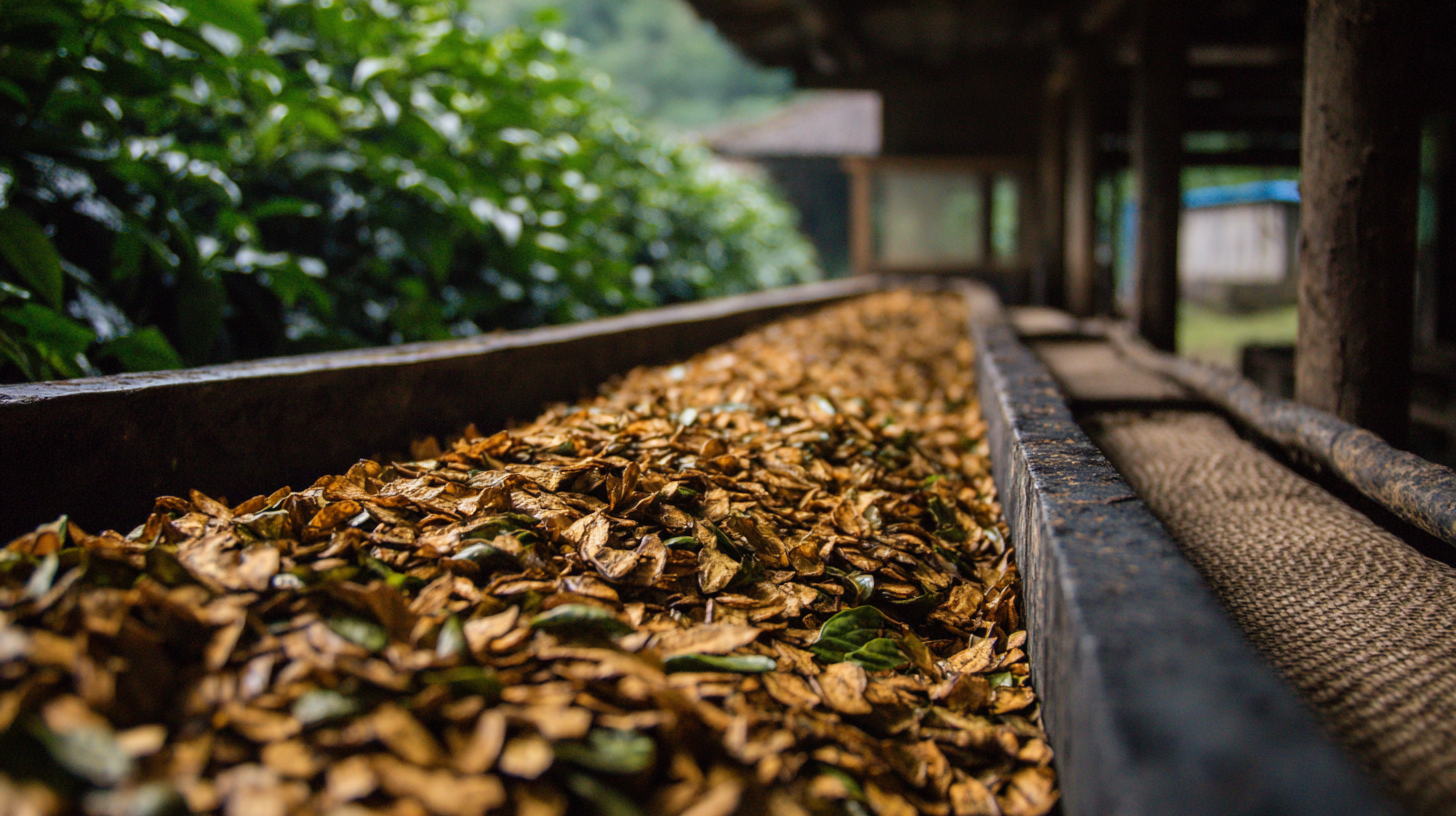 No. 14, Building 2, No. 367 Beijing Road, Chengdu Economic and Technological Development Zone (Longquanyi District)
No. 14, Building 2, No. 367 Beijing Road, Chengdu Economic and Technological Development Zone (Longquanyi District)

In the realm of industrial filtration and separation, the Pu Dehydrated Screen has emerged as a pivotal technology, revolutionizing how materials are processed and refined. This guide delves into the myriad applications and benefits of the Pu Dehydrated Screen, providing insights into its utility across various sectors. From enhancing operational efficiency to improving product quality, understanding the functionalities of the Pu Dehydrated Screen is essential for professionals aiming to optimize their processes.

In this article, we will explore the mechanisms behind its effectiveness, review real-world applications, and outline the advantages it offers over traditional screening methods. Whether you're a seasoned engineer or exploring new solutions for your business, this comprehensive overview will equip you with the knowledge needed to leverage the Pu Dehydrated Screen effectively in your operations.
Pu dehydrated screens have emerged as innovative solutions in various applications, offering a range of features and functionalities that cater to modern needs. One of the key features of these screens is their lightweight design, making them ideal for mobile devices such as smartphones and tablets. This not only enhances portability but also improves user experience by allowing for larger displays without increasing the overall device size. Moreover, the energy efficiency of pu dehydrated screens ensures longer battery life, a critical consideration for users on the go.
In addition, these screens exhibit high durability and resistance to environmental factors, making them suitable for outdoor and extreme conditions. This robustness is particularly beneficial for industries that require equipment to withstand challenging environments.
Tips for leveraging pu dehydrated screens include ensuring optimal usage by adapting display settings according to ambient light conditions to enhance visibility. Additionally, regular maintenance checks can help in sustaining performance, as keeping surfaces clean can prevent dust or debris from affecting the display quality. Users are encouraged to stay updated with new software features that may enhance the functionality of their devices, optimizing their overall experience.
Pu dehydrated screen technology is increasingly being adopted across various industries due to its unique benefits in efficiency and durability. One of the primary sectors utilizing this technology is the mining industry, where the demand for reliable and effective methods of dewatering is crucial. Pu dehydrated screens enhance the separation process, ensuring that materials like coal, minerals, and aggregates are processed effectively, thus improving operational efficiency and reducing waste.
Another significant industry leveraging the advantages of pu dehydrated screens is the wastewater treatment sector. These screens facilitate the removal of solids from water, ensuring cleaner effluent and increasing the overall quality of treated water. Additionally, the construction industry benefits from this technology, as it enhances the management of sediment and improves the filtration processes during various construction activities. With growing awareness of environmental sustainability, industries are exploring these advanced screening solutions to not only boost performance but also minimize their ecological footprint.
| Industry | Application | Benefits | Screen Type |
|---|---|---|---|
| Mining | Material Separation | High Efficiency, Reduced Waste | Vibrating PU Screens |
| Construction | Aggregate Screening | Durability, Cost-Effectiveness | Perforated PU Screens |
| Food Processing | Product Filtration | Safety, Compliance with Standards | Mesh PU Screens |
| Recycling | Material Recovery | Environmental Impact Reduction | Polyurethane Screens |
| Chemical | Chemical Filtration | Enhanced Purity and Quality | Custom Engineered Screens |
Incorporating PU dehydrated screens into operational processes can significantly enhance efficiency and reduce costs. According to a recent report by Industry Analysis Group, industries utilizing PU dehydrated screens have reported up to a 30% increase in throughput due to their superior filtration capabilities compared to traditional screening methods. These advanced screens efficiently separate fine particles and contaminants, making them ideal for applications in mining, wastewater treatment, and pharmaceuticals. By optimizing material recovery and minimizing waste, companies can achieve a more sustainable workflow.
Moreover, the durability and low maintenance requirements of PU dehydrated screens contribute to their growing popularity. A study conducted by the Global Materials Research Institute revealed that PU screens can last up to 3 times longer than conventional metal or plastic screens, resulting in lower replacement costs and reduced downtime. This longevity, combined with their ability to withstand harsh environmental conditions, makes PU dehydrated screens a smart investment for businesses aiming to enhance productivity while ensuring operational resilience. Implementing these systems not only boosts performance but also aligns with industry trends towards more sustainable practices.

In the realm of industrial screening applications, the emergence of PU dehydrated screens presents distinct advantages over traditional screening methods. According to a recent industry report by TechSci Research, the global demand for advanced screening technologies is expected to grow at a CAGR of 5.6% from 2021 to 2028, driven by the need for increased efficiency and reduced operational costs. PU dehydrated screens, known for their excellent wear resistance and lightweight properties, offer a significant lifespan increase, reportedly up to 30% longer than conventional steel screens.
Traditional screening methods, though widely used, often fall short in terms of performance and adaptability. A study published by the Journal of Separation Science highlights that traditional screens frequently suffer from clogging and material degradation, which can hinder operational efficiency. In contrast, PU dehydrated screens have been engineered to facilitate better material flow and reduce blinding, leading to enhanced separation performance. For instance, tests indicate that PU screens can achieve a separation efficiency of up to 95%, outperforming traditional methods, which typically hover around 85%. This comparative analysis showcases the transformative potential of PU technology in screening applications, making it a favorable choice for many industries.

When utilizing PU dehydrated screens, users often face challenges that can impact their overall effectiveness. One primary consideration is the compatibility of these screens with various materials and operating environments. PU screens may not perform optimally with aggressive chemicals or extreme temperatures, leading to premature wear and reduced efficiency. Hence, understanding the specific conditions under which the screens will be employed is crucial for ensuring longevity and satisfactory performance.
Another significant challenge is the necessity of regular maintenance to prevent clogging and degradation. PU dehydrated screens, while durable, can accumulate debris that hinders their functionality. This requires operators to implement a routine cleaning schedule, which can be resource-intensive. Additionally, training personnel on the proper use and upkeep of PU screens is essential to mitigate misuse that could accelerate damage. By addressing these considerations, businesses can enhance the performance and lifespan of their PU dehydrated screens.





